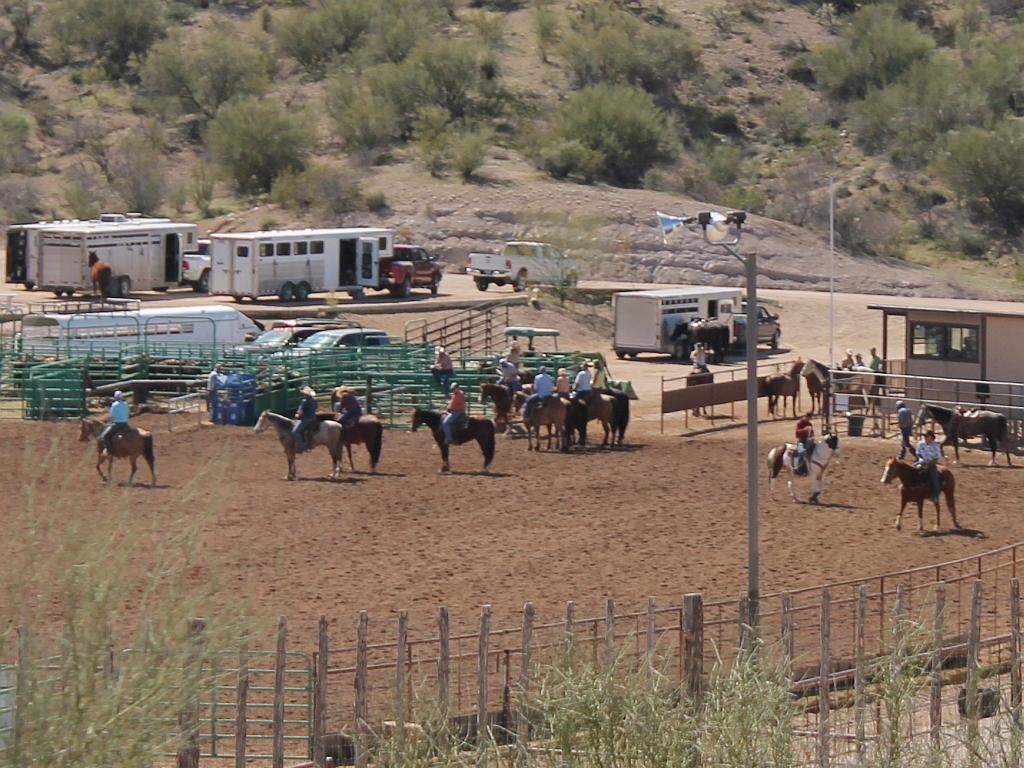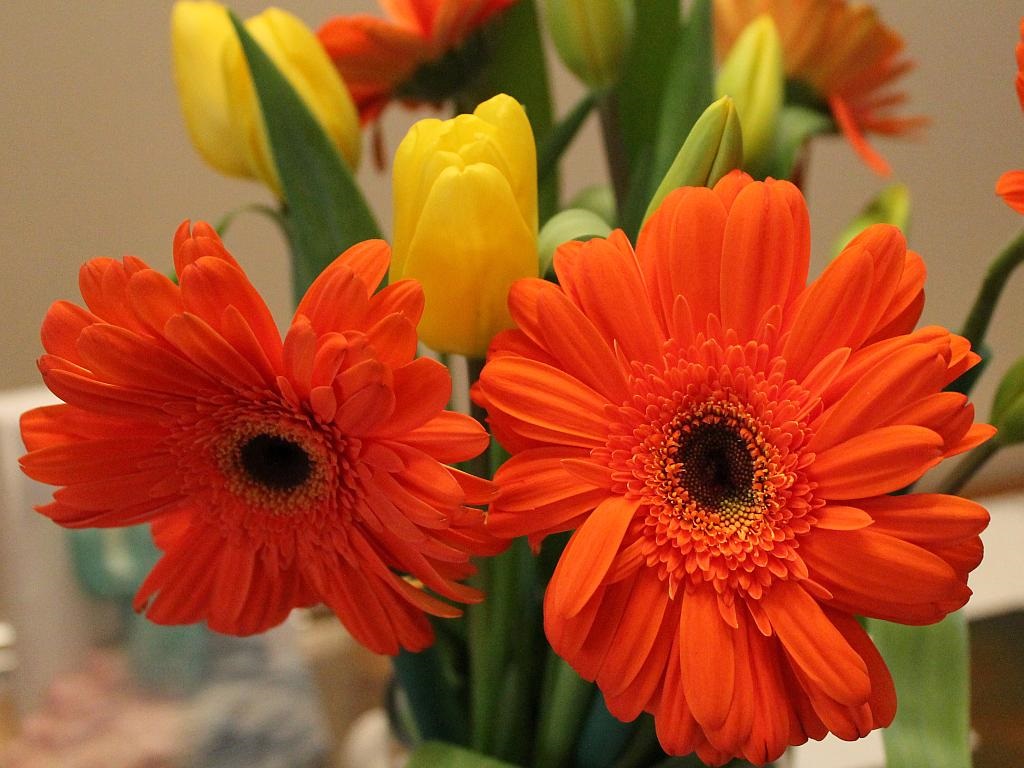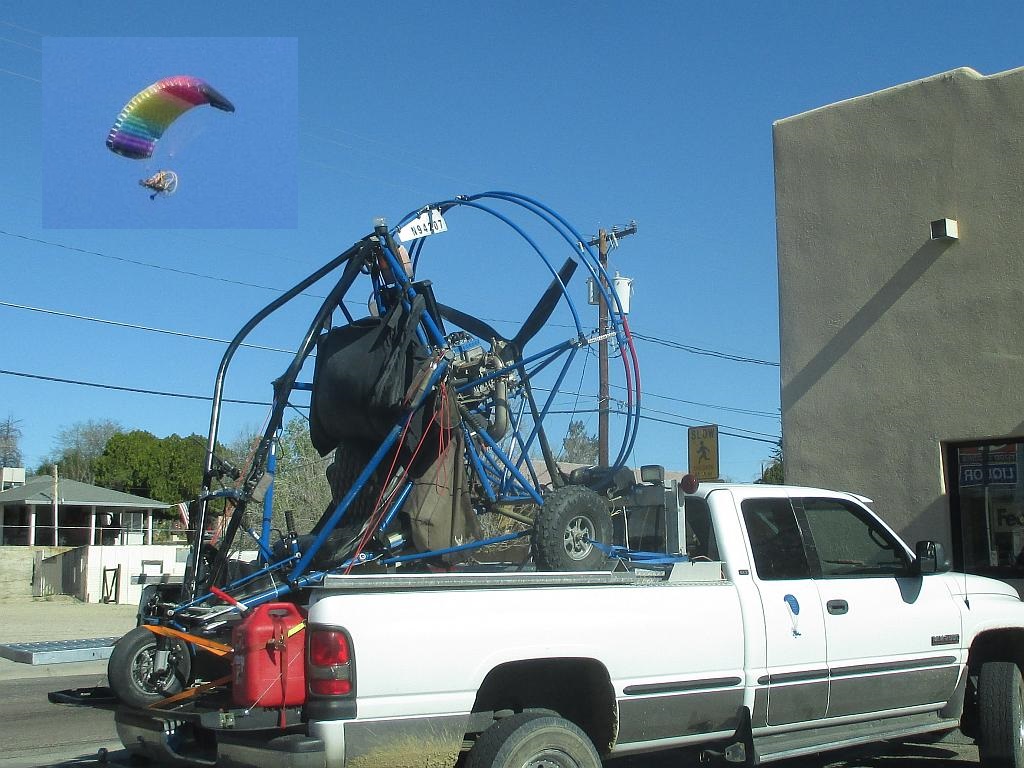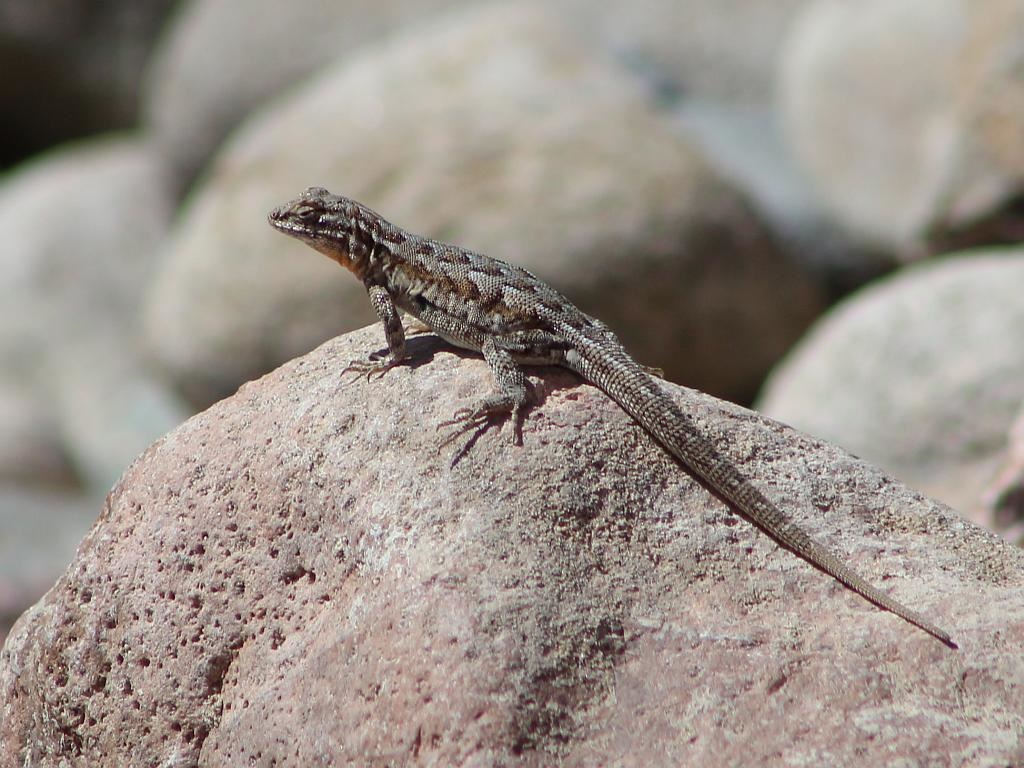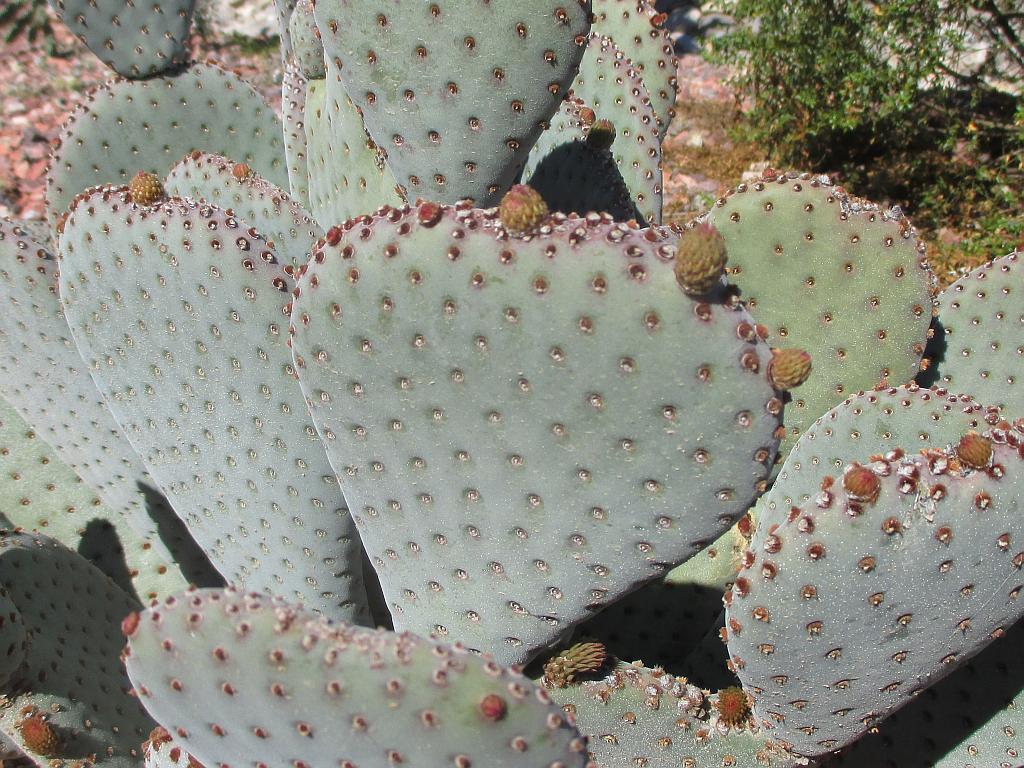This day is when the “loose change” of four “quarters” collected during the previous four years is resolved into a “dollar,” or a complete day. 2016 and every other leap year has 366 days and today, February, 29, 2016 is the 60th day of the year which would occur on March 1st in non-leap years.
Before the Gregorian Calendar, Romans and other civilizations had to ad-lib synchronization of their primitive calendars to accommodate the actual sidereal motion of the Earth around the sun by adding and subtracting days and even months.
From Wikipedia:
The calendar of the Roman king Numa Pompilius had only 355 days (even though it was not a lunar calendar) which meant that it would quickly become unsynchronized with the solar year. An earlier Roman solution to this problem was to lengthen the calendar periodically by adding extra days to February, the last month of the year.
February consisted of two parts, each with an odd number of days. The first part ended with the Terminalia on the 23rd, which was considered the end of the religious year, and the five remaining days formed the second part.
To keep the calendar year roughly aligned with the solar year, a leap month, called Mensis Intercalaris (“intercalary month”), was added from time to time between these two parts of February. The (usual) second part of February was incorporated in the intercalary month as its last five days, with no change either in their dates or the festivals observed on them. This followed naturally, because the days after the Ides (13th) of February (in an ordinary year) or the Ides of Intercalaris (in an intercalary year) both counted down to the Kalends of March (i.e. they were known as “the nth day before the Kalends of March”). The Nones (5th) and Ides of Intercalaris occupied their normal positions.
Before the Gregorian Calendar, which is in use currently, the Julian Calendar also added leap days to compensate for the actual solar circuit. When Pope Gregory XIII, introduced the new calendar in October 1582, many of the Julian Calendar errors were corrected at the expense of rearranging some important historical events to different dates than were originally established, mostly out of the Church’s desire to celebrate Easter near the time of the Vernal Equinox.
Happy Leap Day!

